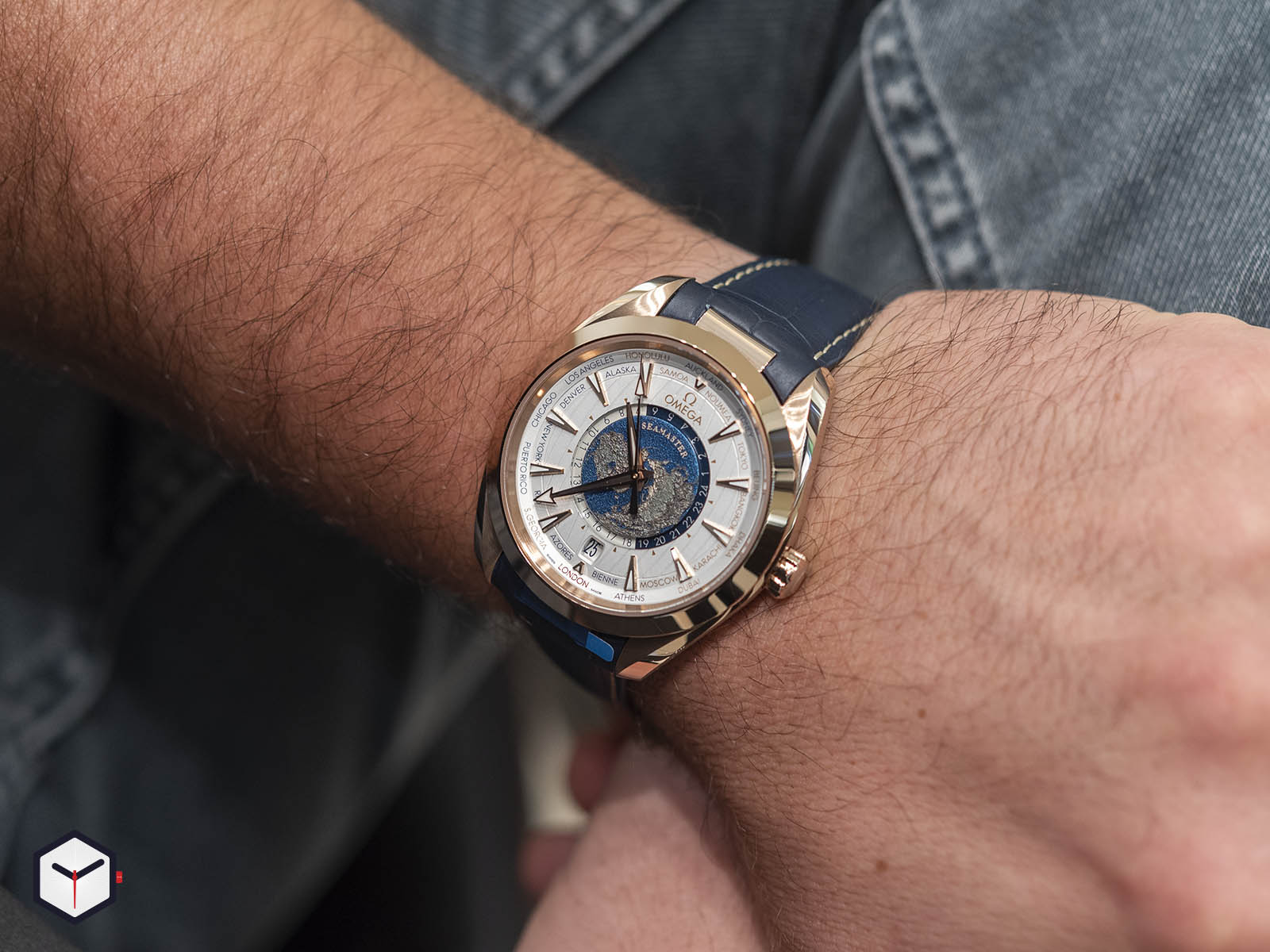

Perhaps you’ve even noticed how Geneva has been sneakily replaced with Bienne, Omega’s hometown.īut say the time difference isn’t known and the city isn’t on the world time list-what then? That’s where the Aqua Terra GMT Worldtimer kicks things up a notch again. The world time disk is even split into light and dark blue as a visual aid for day and night so the folks back home don’t get a rude awakening in the middle of the night. So, whether New York or Moscow or Sydney, the time can be read-ingeniously using the standard twelve-hour markers and smaller light blue markers in between on this Omega-at a glance without needing to know anything in advance. Twenty-four cities-inscribed here in silver where daylight savings is observed-from the main time zones are layered around the dial, each one corresponding with a number on the world time disk from zero to twenty-four. With one of these, the time difference doesn’t need to be known, because the watch does all the work instead. That’s usually done with an extra hand pointing to a twenty-four-hour scale, which is fine, so long as the time difference between the two places is known.Ī world timer kicks that up a gear. These allow a secondary time zone to be tracked so, say it’s taken on holiday, both local time-where you’re at-and home time-where you’ll be sad to be going back to in a week or so-are both visible at once.


Perhaps you’re familiar with GMT watches. At £7,600 new, this is no impulse buy, but that’s not necessarily the name of the game, because what we’ve got here is a world timer-and one that’s pretty special to boot.
#Aqua terra world time full#
Now, before we begin, the Omega Seamaster Aqua Terra 150M Co-Axial GMT Worldtimer-to give it it’s full name-isn’t cheap.


 0 kommentar(er)
0 kommentar(er)
